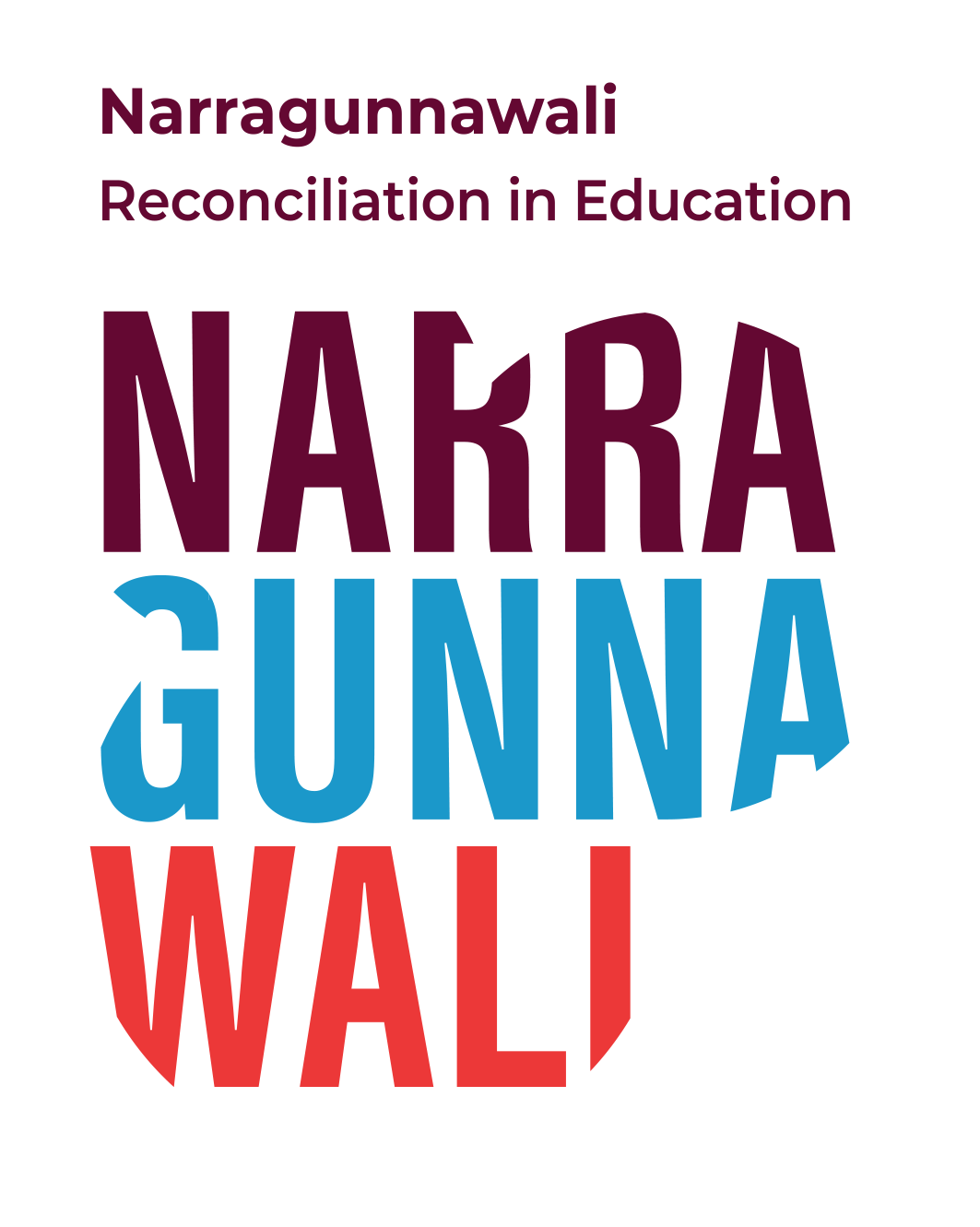The Guide
This Evaluating Resources Guide can be used alongside the Evaluating Resources Professional Learning.
-
Positionality
Your cultural identity, life experiences and the lens you view the world through influence the way you teach and share knowledge. Consider these self-reflective questions to help you understand your positionality and ensure you use these resources with integrity:
Why am I using this resource?
How will this resource support and add value to the content I am teaching?
How does my own cultural identity and experiences affect the way I use the resource?
-
Production
When was the resource produced?
Avoid using publications that present an outdated view of Aboriginal and Torres Strait Islander people. While there are always exceptions, it is best to use more recent resources.
Was the resource produced by, or developed in collaboration or consultation with Aboriginal people and Torres Strait Islander people?
Use resources that are either produced by or developed in collaboration or consultation with Aboriginal and Torres Strait Islander people. Use resources by several First Nations authors for a range of perspectives.
Was the resource produced by Aboriginal and/or Torres Strait Islander people from the Country you are on?
It’s important to include knowledge that is relevant to the local community whenever possible.
Are you designing or adapting resources for your context?
Always consult with your local Aboriginal and Torres Strait Islander community.
Are you engaging Aboriginal or Torres Strait Islander people to facilitate content or provide a service for your class or resource?
You must offer to pay for their time and expertise.
-
Representation
Does the resource use appropriate language and terminology?
Inappropriate language and terminology can warn you that attitudes are likely to be problematic, or students may take a negative meaning from the material, regardless of what the author and you intended. Teachers and students should be encouraged to critically analyse inappropriate terminology (here is a guide to appropriate terminology).
Do the resources show the diversity and complexity of Aboriginal people and Torres Strait Islander people, histories and cultures?
Resources should present the diverse viewpoints of First Nations people. Use resources that showcase diverse representations of identities, gender roles, histories, experiences and aspirations.
Does the resource reflect a contemporary view of Aboriginal and Torres Strait Islander people and cultures?
Avoid using resources that present static representations of Aboriginal and Torres Strait Islander people which reinforce the concept of terra nullius (land belonging to nobody) and exclude prior occupancy.
Are illustrations and photographs positive and accurate portrayals of Aboriginal and Torres Strait Islander people.
Illustrations and photographs should show dynamic and contemporary representations of Aboriginal and Torres Strait Islander people (unless used as examples of racist and stereotyped reports, which should be done with caution and sensitivity).
Are photographs accompanied by captions which name the Aboriginal or Torres Strait Islander person, or group, and indicate where they come from?
Some photographs, particularly older images, don’t dignify the person or group with a name and location. Make students aware of protocols when identifying people and groups and avoid using images where people are unnamed. Always consider context in the image's production, subject matter and permission for use. If photographs are of local people or groups, local community members may be able to help with identification. In some areas it is not appropriate to use the name or photograph of a deceased person. When developing resources that include photographs, it’s important to provide context for viewers to avoid misinterpretation. Consult with the local community.
Does the resource include culturally sensitive or sacred information that may be inappropriate to share?
Resources should include a warning when sharing the names or images of deceased Aboriginal and Torres Strait Islander people. Do not use content about specific sacred men’s or women’s business. Do not use information that you are not permitted to share.
Is the resource age and stage appropriate?
Make sure the content and imagery included in the resources are appropriate for the level of your students.
Does the resource contain potentially sensitive or distressing content for First Nations students in your class?
Distressing information can include racist, static and stereotyped portrayals of First Nations peoples and depictions of violence against First Nations peoples. If it is necessary to share distressing content, include trigger warnings and always support First Nations students prior, during and after the lesson.
-
Additional Resources
Examples of Narragunnawali professional learning, guides, and RAP Actions to assist when evaluating resources:
Guide
RAP Actions
Aboriginal and Torres Strait Islander People in the Classroom
Elders and Traditional Owners Share Histories and Cultures
Professional Learning
Cultural Safety and Respect in the Classroom
Reflecting On Our Cultural Identities
Bringing Aboriginal and Torres Strait Islander Perspectives into the Classroom: No Excuses
This resource has been developed and reviewed using QCAA – Selecting and Evaluating Resources, Queensland Museum – Evaluating Resources and AIATSIS Guide to evaluating and selecting education resources.
For a more in-depth guide see the AIATSIS Guide to evaluating and selecting education resources.

